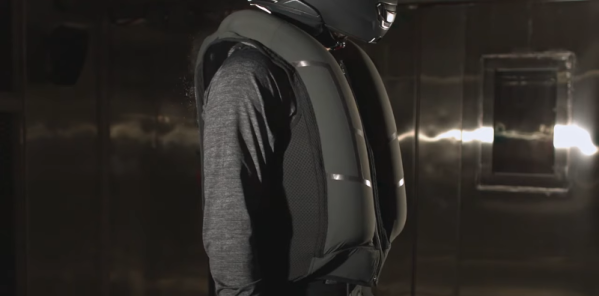Join us on Wednesday, May 19 at noon Pacific for the 2021 Hackaday Prize Hack Chat with Majenta Strongheart!
At this point last year, we probably all felt like we’d been put through a wringer, and that things would get back to normal any day now. Little did we know how much more was in store for us, and how many more challenges would be heaped on our plates. Everything that we thought would be temporary seems to be more or less permanent now, and we’ve all had to adapt to the new facts of life as best we can.
But we’re hackers, and adapting to new situations more often than not means making the world fit our vision. And that’s why the 2021 Hackaday Prize has adopted the theme of “Rethink, Refresh, Rebuild.” We want you to rethink and refresh familiar concepts across the hardware universe, and create the kind of innovation this community is famous for.
The 2021 Hackaday Prize will have it all. As in previous years, the Prize will have several specific challenges, where we set you to work on a creative problem. There will also be mentoring sessions available, $500 cash prizes for 50 finalists along the way, with $25,000 and a Supplyframe Design Lab residency awarded to the Grand Prize winner.
We know you’re going to want to step up to the challenge, so to help get you started, Majenta Strongheart, Head of Design and Partnerships at Supplyframe, will drop by the Hack Chat with all the details on the 2021 Hackaday Prize. Come prepared to pick her brain on how the Prize is going to work this year, find out about the mentoring opportunities, and learn everything there is to know about this year’s competition. It’s the Greatest Hardware Design Challenge on Earth, so make sure you get in on the action.
 Our Hack Chats are live community events in the Hackaday.io Hack Chat group messaging. This week we’ll be sitting down on Wednesday, May 19 at 12:00 PM Pacific time. If time zones have you tied up, we have a handy time zone converter.
Our Hack Chats are live community events in the Hackaday.io Hack Chat group messaging. This week we’ll be sitting down on Wednesday, May 19 at 12:00 PM Pacific time. If time zones have you tied up, we have a handy time zone converter.
Click that speech bubble to the right, and you’ll be taken directly to the Hack Chat group on Hackaday.io. You don’t have to wait until Wednesday; join whenever you want and you can see what the community is talking about.
Continue reading “2021 Hackaday Prize Hack Chat; Join Us Live On Wednesday” →




















